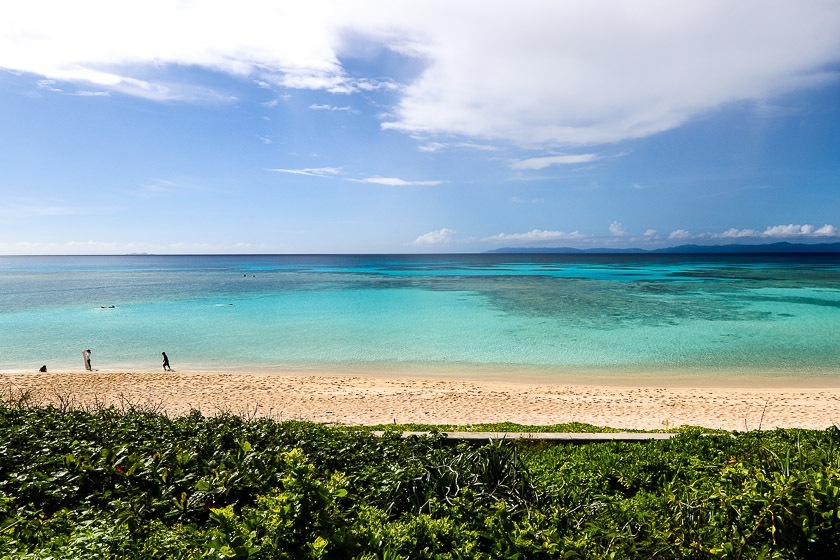Hateruma Island

The Yaeyama Islands are a popular holiday destination for city dwellers and even more so during the summer months when school is out. For our second Far Flung trip this summer (the first can be seen here), we visited Hateruma Island, the southernmost inhabited island of Japan. The island is a popular day trip from Ishigaki and it takes about an hour to get there by ferry.

With the reputation of being Japan's southernmost inhabited island, I was expecting Hateruma Island to be remote and poorly visited, somewhat similar to Yonaguni Island where I was in an earlier trip. However, I was pleasantly surprised to see that it was well visited and not as rural and rundown as I had expected.



The small island has a circumference of almost 13 kilometers and takes less than two hours to circle by bicycle. Upon arrival, I went to the tourist information counter at the ferry terminal to pick up a map and made my way to the nearest rental shop to rent a bicycle. With that, I set off on an adventure to explore Hateruma. There are few tourist attractions on the island, and the majority of the tourists head only to the beautiful Nishi Beach which is within walking distance from the ferry terminal, while the rest of the island remains poorly visited.




Leaving the beach for the last, I pedaled my way around the island, passing large reservoirs, dirt roads and sugarcane plantations. As Hateruma is a relatively small island, the ocean is always visible unless you are right in the middle of the village and your view is blocked by houses. My first stop was a lookout point on the southwestern end of the island where I took the opportunity to survey the island. As it turns out, the land was green as far as my eye could see, and the water was blue.






Moving on, I made my way to the southernmost monument and the nearby planetarium. The island is far south enough in the northern hemisphere to be able to see the Southern Cross just above the horizon when the sky is clear. There are no streetlights on the island and with light pollution at a minimum, the stars should be pretty amazing to see. However, visitors will have to stay overnight if they want to see the night sky. Note that accommodation facilities are limited on Hateruma and reservations should be made ahead of time to avoid disappointment.



The village consists of a handful of restaurants, stores and minshuku lodgings. I popped into one of the larger general stores and found it well stocked with everything one might need, including chilled drinks which were a godsend on a sweltering hot day. It didn't take me long to cycle around the village and it was soon time to head to the beach.




Even from the harbour, it was evident that the waters around Hateruma were very clear, and the view at Nishi Beach did not disappoint at all. Nishi Beach - which in the island's dialect means northern beach - is a sandy beach with clear shallow waters that are perfect for swimming and snorkeling. Fish swim around your legs as you walk into the sea, and there is no need to swim far to see corals. The beach is the most well visited attraction on Hateruma.




It wasn't long before the time for the last ferry drew close and many visitors started to pack up to leave. I went back to the ferry terminal reluctantly, hoping to extend my short day trip to Hateruma Island. The next time I come back, I definitely want to stay overnight for a shot at seeing the stars.




Getting There and Around

Hateruma Island is about a 60 minute ferry ride from Ishigaki (how to get to Ishigaki). There are only four departures a day, so be sure to check the ferry timetables to avoid being stranded on the island.
The island has a circumference of nearly 13 kilometers and is moderately flat. Rental bicycles are by far the most popular way to explore Hateruma, and it takes less than two hours to circle the island at a leisurely pace. Alternatively, there are a limited number of rental cars available on the island. Be sure to make reservations ahead of time to avoid disappointment.





